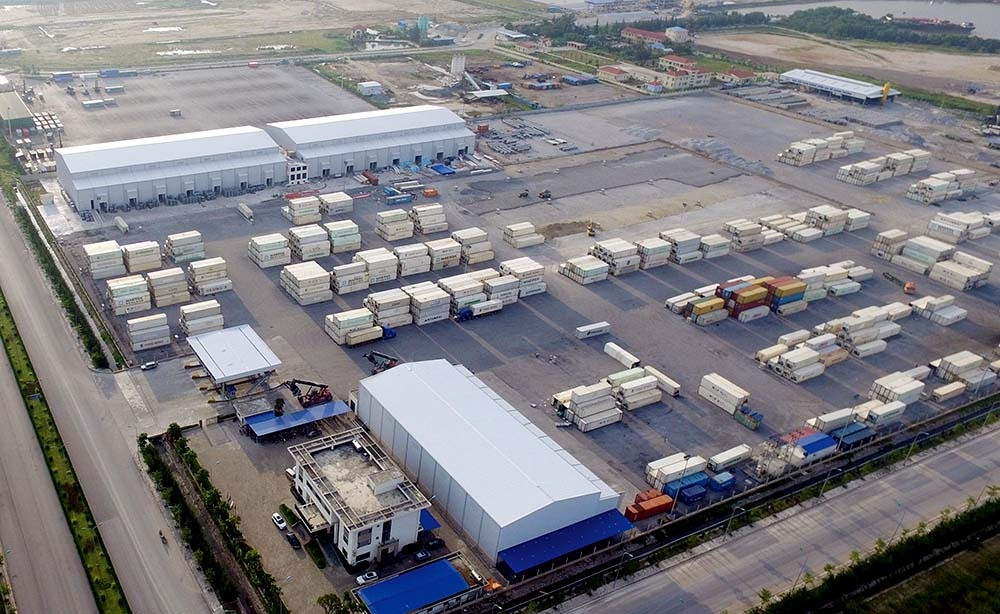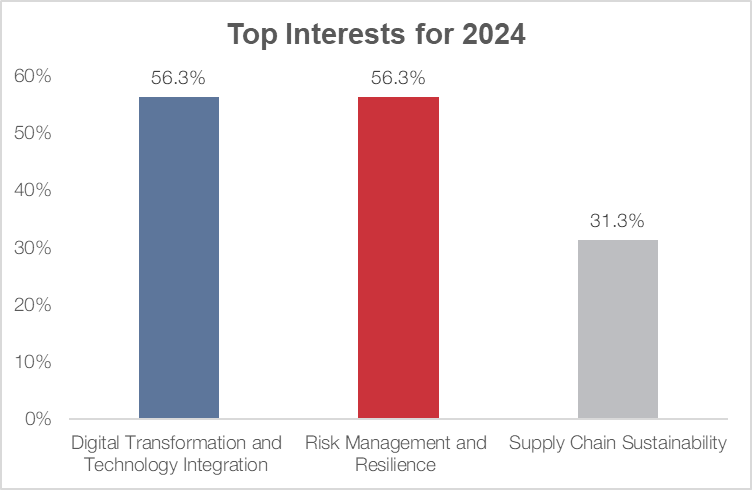In a survey conducted by CEL, a top supply chain consultancy firm, the sentiments of more than 300 business leaders and supply chain professionals in Vietnam shed some light on the current state of Vietnam's supply chain industry.

Vietnam is a production powerhouse for the world, evolving its manufacturing capabilities over the past two decades, and has proven to be a solid alternative for companies seeking to reduce dependency on China. However, Vietnam remains a supply-driven country, and is highly dependent on global demands to sustain its industrial activity.
Vietnam's need to remain competitive and relevant to the global supply chain has never been stronger as this year witnessed a slowdown in consumption from its main trading partners, and along with the emergence of other players in the manufacturing field such as India and Mexico, the situation calls for a faster transition towards efficiency and innovation.

CEL's survey, implemented from October 10 to October 25 and released on October 27, reveals that the majority of supply chain leaders in Vietnam have seen a slowdown in their activity and have little hope for recovery before 2025.
The main challenge for supply chain leaders (46.9 per cent) is demand forecasting - the capacity to predict what is coming. Low forecast accuracy seems to be affecting supply chain performance, as forecasting inaccuracy leads to over stocking and low utilisation of capacity. Expectations are high, however, that emerging technologies can bring value to this area of supply chain logistics.
12.5 per cent of supply chain leaders surveyed highlighted the need for tighter controls of supply chain operations, and industry leaders recognise the need for interconnected supply chain systems and data management.
While a gloomy global economic outlook seems to have settled in for the 2024-2025 period, the need for Vietnam to remain in the race has never been stronger. With limited export and domestic demand, supply chain efficiency has become a pressing concern for leaders. Tighter control and integration, better monitoring of potential disruptions, and the ability for businesses to predict demand in volatile conditions are the main focus points for 2024.

Source: VIR